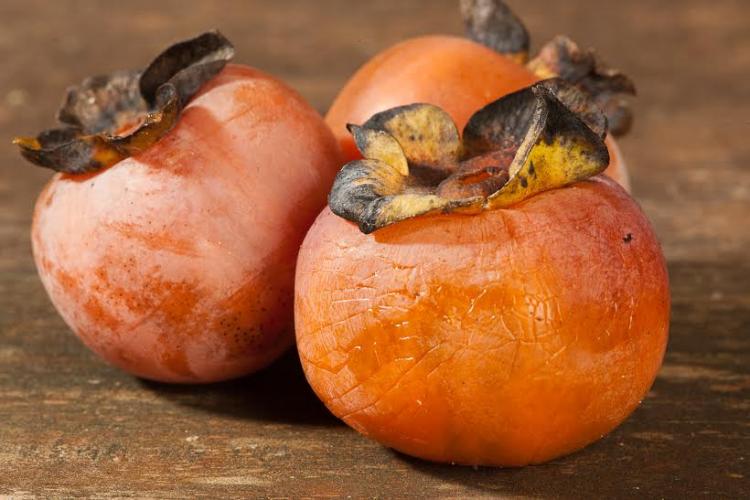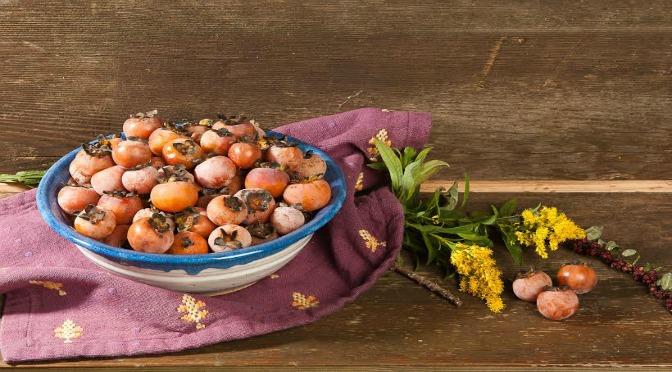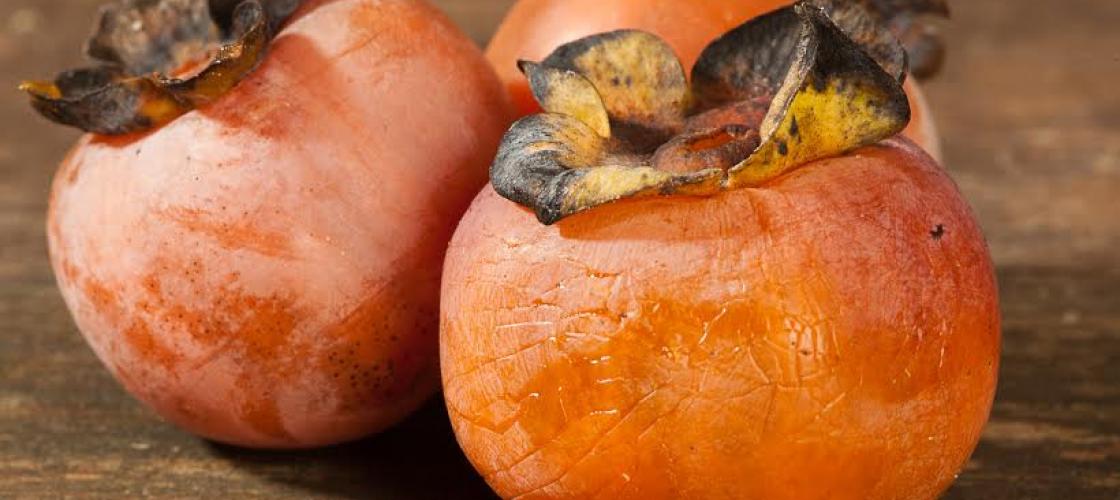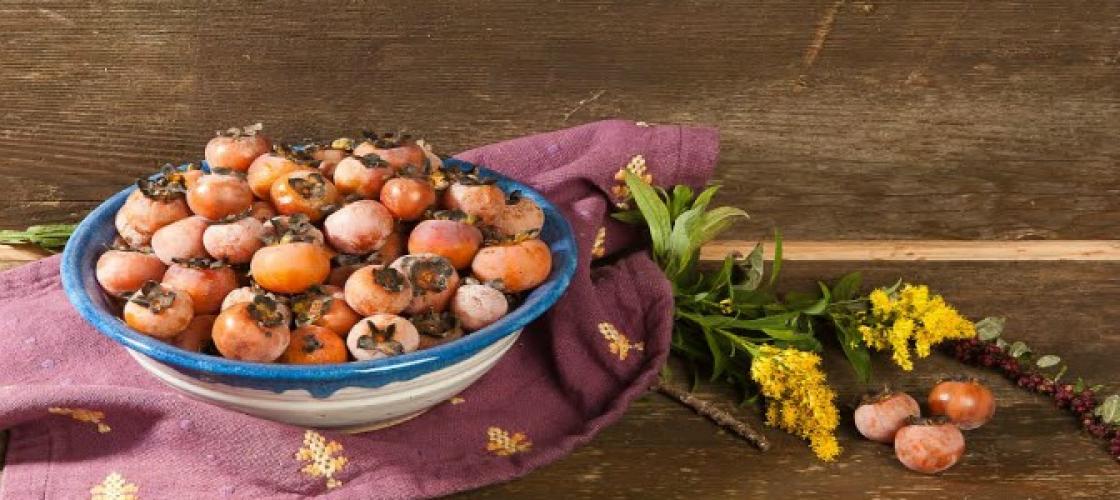Pumpkins, apples, cranberries … we can smell the pies and cookies baking already! But one commonly overlooked fruit you should definitely add to your fall cookbooks is the persimmon.
If you haven’t tried persimmon pudding or bread, one taste and you’ll be competing with the raccoons to harvest this tasty, wild fruit.
The persimmon is a common tree over much of the Midwest. It’s also one of our most distinctive trees. Persimmon wood is very hard and dense, which makes it ideal for golf club heads and billiard cues. But the fruit itself is what makes persimmon so special.
The orange fruit usually ripen around the first frost. Be sure that the fruit is completely ripe before eating one because nothing can make you pucker more than a green persimmon! Select orange ones that are soft and mushy. The easiest method to harvest persimmons is to gather fruits that have fallen to the ground. The aroma is wonderful. Of course, you’ll have to race the raccoons, opossums and birds that also think persimmons are the tastiest treat of autumn.
After you’ve collected your fruit, strain the persimmons through a colander to remove the large seeds. You’ll end up with pulp, which is smooth and bright orange. Now you’re ready to make the pulp into bread, pudding, pie, butter or jelly. Many cookbooks have persimmon recipes, and any of these will add a touch of the “wild” to your meal.
The Fruit of Fall
- Persimmon trees can be up to 60 feet tall, and up to 30 feet in open-grown situations, where it has a shorter trunk.
- Persimmon trees can be found throughout Missouri, except in northwestern counties.
- Native Americans, explorers, settlers and others have all enjoyed the edible fruit.
- The fruit is notoriously astringent if it is eaten unripe.
- The dried leaves can be made into tea.
- A pioneering tree in disturbed landscapes, the persimmon tree plays an important role in re-establishing a mature ecosystem.
These persimmon facts and more can be found in the MDC Field Guide.
Get your chocolate fix with this persimmon fudge recipe.




Recent Posts
























